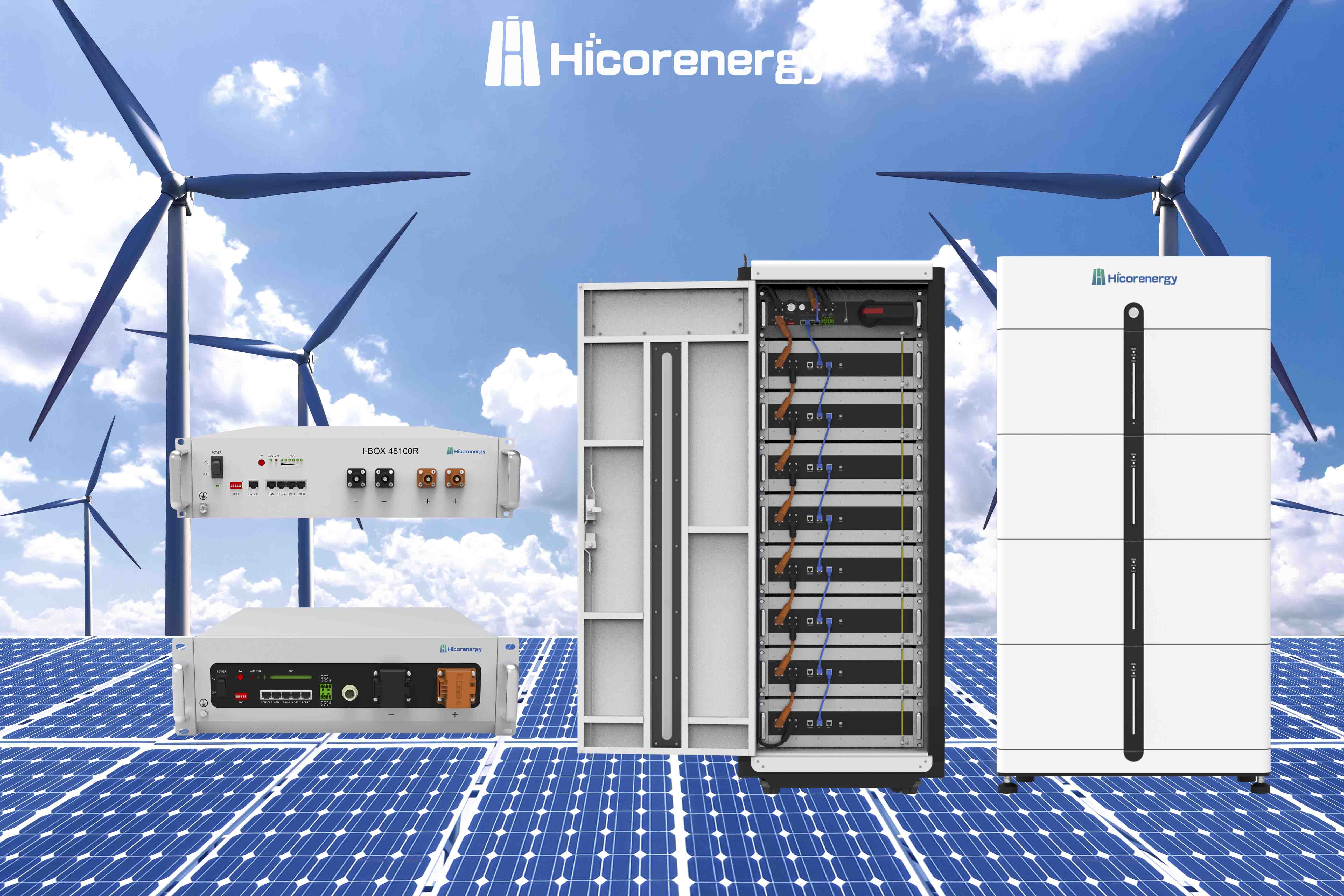The Importance of Advanced Thermal Management
In high-performance applications, from state-of-the-art drones to powerful data centers, maintaining optimal operating temperatures is paramount for safety, efficiency, and longevity. This is especially true for the power sources that drive these technologies. Lithium-ion batteries, while offering exceptional energy density, are highly sensitive to thermal conditions. An ineffective thermal management strategy can lead to performance degradation, reduced lifespan, and even catastrophic failure. This is why a well-designed Air Cooling Battery System is a critical component, ensuring that the heart of the device operates within its ideal temperature range, delivering consistent power and reliability for mission-critical tasks.
An Overview of Lithium-ion Cooling Methods
When it comes to managing battery heat, engineers have several options at their disposal, each with its own set of advantages and limitations. The primary Lithium-ion Cooling Methods can be broadly categorized into air cooling, liquid cooling, and phase-change material (PCM) cooling. Liquid cooling systems, for example, are highly effective at dissipating large amounts of heat but add significant weight, complexity, and cost to the overall system. PCM cooling offers excellent passive heat absorption but has limitations in sustained high-load scenarios. The choice of cooling method depends heavily on the specific application's requirements, including power output, weight constraints, cost targets, and the operating environment. For many applications, especially in aerospace and mobile electronics, air cooling strikes an optimal balance between these competing factors.
How an Air Cooling Battery System Works
An Air Cooling Battery System leverages the surrounding air to transfer heat away from the battery cells. This can be achieved through two primary approaches: passive and active cooling. Passive systems rely on natural convection, where heat is dissipated through carefully designed fins and casings that maximize surface area exposure to the ambient air. Active systems, on the other hand, utilize fans or blowers to force a high volume of air across the battery pack. This forced convection significantly increases the rate of heat transfer, making it suitable for high-demand applications like precision drones that undergo rapid charging and discharging cycles. The design of airflow channels is crucial, ensuring that every cell in the pack receives adequate cooling to prevent localized hot spots and maintain a uniform temperature distribution.
Advantages and Trade-offs of Air Cooling
One of the most significant advantages of an Air Cooling Battery System is its inherent simplicity and low weight. Compared to liquid-based alternatives, it has fewer components, no risk of coolant leakage, and is generally more cost-effective to implement and maintain. This weight reduction is a game-changing factor for aerial platforms like drones, where every gram impacts flight time and payload capacity. However, there are trade-offs. Air has a lower thermal conductivity than liquid coolants, meaning air cooling may be less effective in extremely hot environments or for applications with exceptionally high, sustained thermal loads. Despite this, continuous advancements in aerodynamic design and fan technology are consistently pushing the performance boundaries of what these systems can achieve, making them more capable than ever before.
The Future of Battery Cooling in High-Tech Systems
As technology evolves, the demands placed on battery systems will only intensify. The sophisticated drone control systems and powerful server stacks of today require not just power, but intelligently managed power. A modern Air Cooling Battery System is more than just a fan and a heat sink; it is an integrated solution that works in concert with the battery management system (BMS). By using sensors to monitor cell temperatures in real-time, the system can dynamically adjust fan speeds to provide cooling precisely when and where it is needed, optimizing energy consumption and acoustic noise. This intelligent approach ensures that even as devices become more powerful and compact, their power sources remain stable and reliable, solidifying the role of advanced air cooling among leading Lithium-ion Cooling Methods for the foreseeable future.








